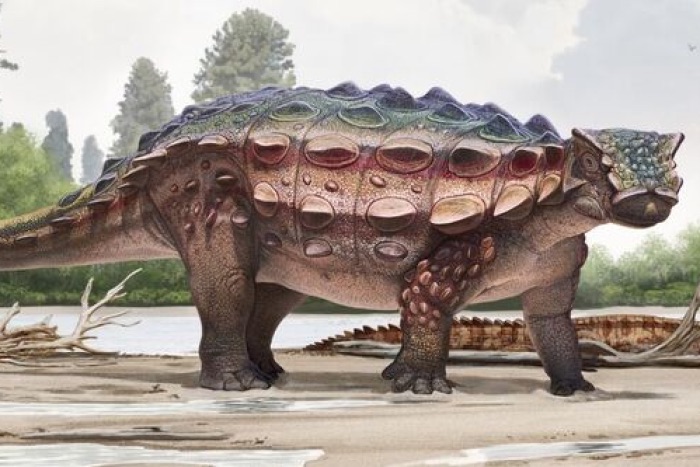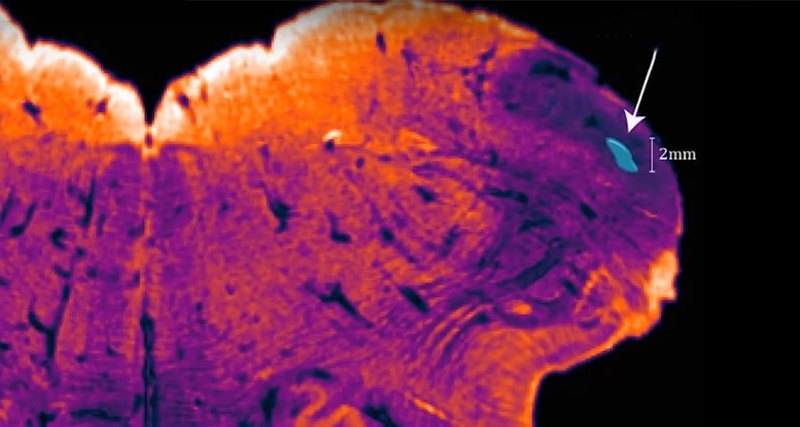
Newly discovered dinosaur species unearths diversity and evolution of ancient beasts.
The dinosaur remains belong to “Akainacephalus johnsoni,” a herbivore about 5 meters long with spiked armor, four legs and club-like tail that belongs to the Ankylosaurid family and lived more than 75 million years ago, local media quoted James Cook University researcher Jelle Wiersma as saying on Friday.
The name is derived from Greek, referring to thorn or spike and head.
The dinosaur remains were uncovered in Utah in the United States a decade ago and paleontologists have since been studying the find.
About 76 million years ago, Utah was hot, humid, crisscrossed by slow-moving rivers and streams and swamps, with large cypress-like conifer trees, said Wiersma, who led a report on the new species.
“It had a whole host of plants and animals living on land and in the water that are very different from today’s flora and fauna.”
“We gain more insight into the diversity of life during that time … and it helps us to better understand modern environments as well.”
The Akainacephalus skeleton is set for display at the Natural History Museum of Utah this week.













